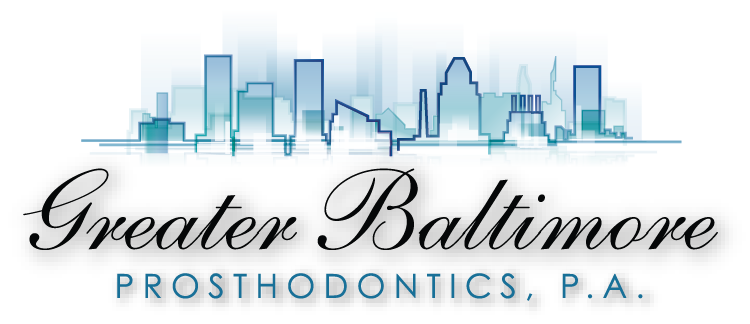Sleep Apnea
Sleep apnea is a sleep disorder where a person pauses in breathing or experiences abnormally low breathing while asleep. Every pause in breathing, called an apnea, may last from seconds to minutes, happening 5-30+ times in a single hour. For abnormally low breathing, hypopnea is the name used for every each event and for both types of breathing events, the right diagnosis is essential for effective treatment.
Types of sleep apnea
Sleep apnea symptoms can be more than disruptive to a good night’s sleep they can also be dangerous depending on the type of sleep disorder. The three main forms of sleep apnea include:
- Central sleep apnea (CSA) – occurs in .4% of cases and the interruption in breathing is due to lack of respiratory effort
- Mixed sleep apnea – occurs in 15% of cases and is a mixture of central and obstructive sleep apnea
- Obstructive sleep apnea (OSA) – occurs in 84% of cases. A physical block to the airflow causes the breathing interruption and snoring is more common. With links to health concerns including stroke, high blood pressure, diabetes, cardiovascular disorder and depression, it’s important to treat OSA before it becomes harmful.
It’s not always easy to see when someone is suffering from sleep apnea because the person usually isn’t aware of it, but thankfully, a dentist can detect the less obvious symptoms of sleep apnea through an exam and discussion with the patient about their symptoms. When patients complain of morning headaches, lethargy or a dry mouth (usually caused by breathing with their mouth open during sleep) the dentist may suspect sleep apnea.
Receiving the right diagnosis for sleep apnea
If the dentist suspects sleep apnea, they’ll refer the patient to a sleep medicine specialist to assess the condition of the patient. In order to diagnose sleep apnea properly, the patient undergoes an overnight sleep test known as a “sleep study” or polysomnogram. When someone receives a diagnosis of sleep apnea, they often return to their dentist to receive the proper treatment. The severity of the disorder determines the right course of treatment. For mild sleep apnea, simple changes like losing weight or changing their sleeping position may help. Wearing a dental appliance during sleep can help too as it repositions the tongue and jaw to improve the patient’s airflow and prevent the occurrence of sleep apnea.
Oral appliances that treat sleep apnea
There are several types of oral appliances that combat OSA including the TAP ®(Thornton Adjustable Positioner) which helps maintain a clear airway and improve breathing by holding the lower jaw in a forward position and the EMA® (Elastic Mandibular Advancement) which opens the bit and advances the mandible for less airflow restriction during sleep.
Another removable oral appliance used to treat sleep apnea is the Silent Nite sl, which utilizes special S-shaped connectors attached to upper and lower splints to position the lower jaw forward. The Silent Nite sl is a custom fabricated device designed to fit each individual patient and works by moving the lower jaw forward into a position that increases space in the airway, thus reducing soft tissue vibration and air velocity. The upper and lower splints of the device are flexible, transparent and custom-laminated with pressure and heat to fit the model of the patient’s mouth that the dentist created. This custom fit means that the Silent Nite sl has a comfortable, excellent fit, permits small movements of the jaw (TMJ) and allows uninhibited oral breathing.
In order for dental appliances for sleep apnea to be effective, the patient needs to remain committed to using them and have them adjusted when necessary. Dental sleep apnea appliances usually function like retainers or other removable appliances. More severe sleep apnea cases require different solutions beyond what a dentist can provide including possible surgery.
Symptoms of sleep apnea
Surprisingly, many people with sleep apnea don’t remember waking up during the night, which can make it difficult to diagnose the condition. Symptoms to watch for that can indicate sleep apnea include:
- Excessive daytime fatigue
- Snoring, gasping or choking during sleep
- Headaches upon waking
- Insomnia
- Impaired emotional or mental function
- Waking with a sore throat and/or dry mouth
While dentists undergo training specifically for the treatment of sleep apnea and can help manage it with dental appliances, a confirmed diagnosis from a sleep medicine specialist is the first step toward a proper solution. Sleep apnea is often a silent condition that goes undetected for years, which is why it’s vital to maintain open and honest communication with dental and other healthcare professionals to identify and treat it.
